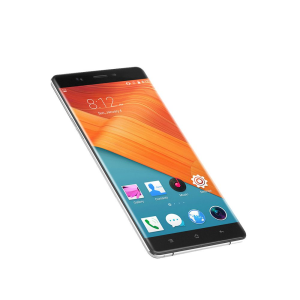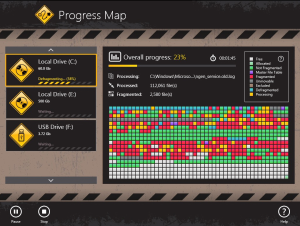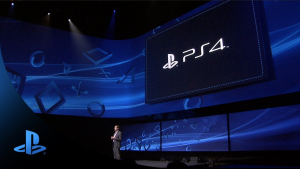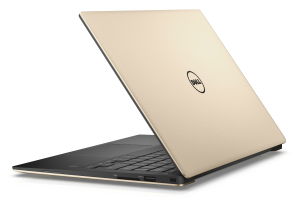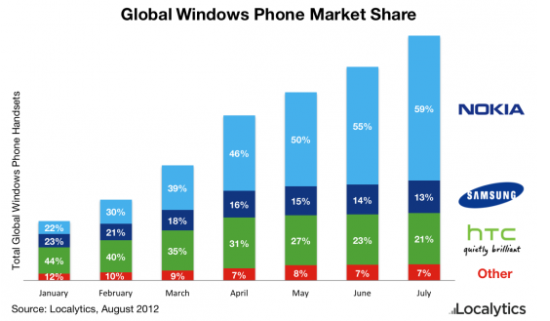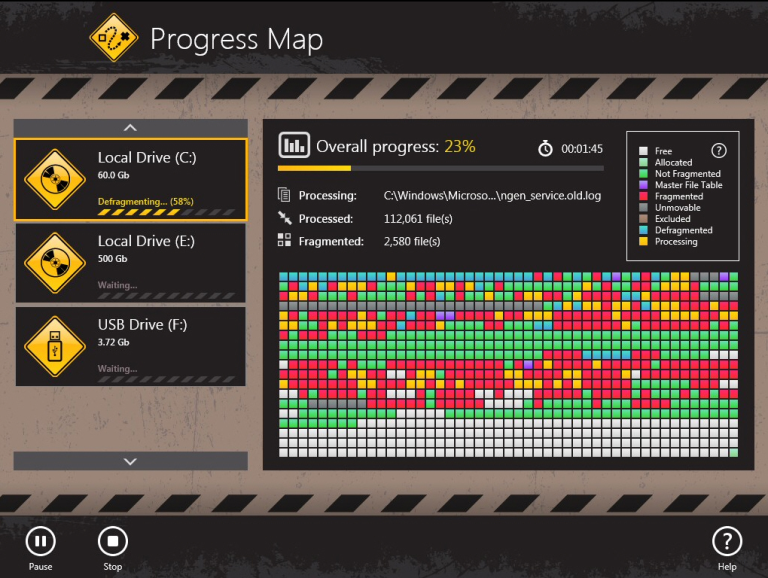Nokia Windows Phone sales have sparked much debate in the tech community, especially as the company aims to reclaim its once-dominant position in the smartphone market. With the introduction of the Lumia line, which includes models like the Lumia 710 and 900, hopes were high for a resurgence in Nokia smartphone revival. However, projections estimating only 37 million units sold, which seems paltry compared to the robust figures achieved by competitors like Apple, cast shadow on their prospects. Microsoft’s mobile strategy hinges on the success of these devices, yet the smartphone market share continues to be fiercely competitive. As we evaluate the landscape, it’s clear that Nokia’s journey with Windows Phone is pivotal in determining its future in an increasingly crowded marketplace.
The wave of interest surrounding Nokia’s foray into Windows-based smartphones has prompted a closer look at the company’s performance in this evolving digital arena. The Lumia series was positioned as a potential game changer, aiming to blend innovative hardware with a user-friendly interface, thus appealing to a wide range of consumers. Yet, the anticipated outcomes of Nokia Lumia sales remain uninspiring against the backdrop of rival giants. This shift in Microsoft’s mobile agenda is critical, as it attempts to carve out significant smartphone market share amidst relentless competition. The narrative surrounding Nokia’s ongoing efforts illustrates the challenges and opportunities tethered to their mobile ambitions.
The State of Nokia Windows Phone Sales
Nokia Windows Phone sales have been a topic of intense discussion, particularly as Microsoft attempts to carve out a position in the competitive smartphone market. Despite ambitious projections, the reality of Nokia’s performance falls short of expectations. Morgan Stanley’s predictions suggested that 37 million units sold in 2012 was an optimistic figure, as it was still starkly low compared to the monumental sales figures Nokia witnessed in its heyday. In context, when Nokia previously commanded over 38% market share, this current figure illustrates a significant decline.
The projections for Nokia’s Windows Phone sales, while possibly aspirational, highlight a troubling trend in the Nokia smartphone revival strategy. The once-dominant Nokia brand is now battling against heavyweights like Apple and Samsung, who have significantly better traction in today’s marketplace. With shipments potentially reaching 64 million units, the disparity in performance compared to historical figures reveals the challenges Nokia faces amidst a rapidly evolving mobile environment. Without significant innovation and better strategic alignment with Microsoft’s mobile strategy, Nokia’s future remains uncertain.
The Decline of Nokia’s Market Share
Understanding the decline of Nokia’s market share results in a deeper appreciation of the smartphone industry’s evolution. Once a pioneer with up to 40.8% market share in Q4 2008, Nokia’s fall from grace has been outlined in various studies, including those by Gartner and IDC. In stark contrast, Samsung has successfully captured the lead in the smartphone sector, demonstrating that failure to adapt to consumer demands and technological advancement has dire consequences. The percentage of smartphones in global handset sales dropped significantly, showing how the tide has turned against previously leading brands.
As smartphones evolved from simplistic communication tools to multifunctional devices, Nokia’s reliance on the aging Symbian platform became a critical shortfall. By 2011, Nokia’s smartphone market share had dwindled dramatically, despite still being a respected name in the industry. Revisiting their sales figures reveals a troubling forecast; with Nokia’s Windows Phone struggling to find its place alongside the competitive offerings from Apple and Android manufacturers, the tech giant must rethink its approach substantially to rejuvenate interest in its products and regain consumer confidence.
Microsoft’s Mobile Strategy and Its Impact on Nokia
Microsoft’s mobile strategy is intrinsically linked to the success or failure of Nokia Windows Phones. Since acquiring Nokia’s devices division, Microsoft has sought to create a unified smartphone experience through Windows Phone, leveraging its robust ecosystem. The introduction of models like the Lumia 710, 800, and 900 indicates a commitment to diversity and innovation within the Windows Phone line. However, it’s essential to note that this vision must translate into market success to reinforce Nokia’s position.
To navigate through the competitive landscape, Microsoft must not only focus on hardware innovations but also on software experience that distinguishes it from its competitors. Enhancing user engagement through unique applications and services that cater to modern consumers is crucial. Without a strong emphasis on differentiation, Nokia’s Windows Phones risk being overshadowed by the established ecosystems of Android and iPhone, limiting their chances in an increasingly aggressive smartphone market.
The Unique Appeal of Windows Phone User Interface
The Windows Phone’s user interface has often been described as refreshing and distinct, offering a glance-and-go style that appeals to many users. The Live Tiles feature, which provides real-time updates at a glance, is an innovative addition that sets the platform apart from more traditional interfaces. This uniqueness could play a pivotal role in attracting users who seek a different experience in their smartphone usage.
However, a unique user interface alone cannot drive sales if the underlying functionality and ecosystem do not support it. While early adopters and fans of the brand may appreciate the fresh approach, widespread acceptance requires robust application support and an increase in Microsoft-controlled services. Successfully capitalizing on the Windows Phone’s unique features can help rectify the sales figures and stimulate a more substantial revival of Nokia in the smartphone landscape.
Nokia’s Legacy in the Smartphone Market
Nokia’s legacy in the smartphone market is both one of innovation and cautionary tale. Once a leader with an impressive portfolio, including 472 million mobile phones sold in 2008, Nokia has seen its reputation transform drastically. The company was among the first to capitalize on the potential of smartphones, but it struggled to keep pace with rapidly changing technology and consumer preferences. As a result, what was once a powerhouse has become a mere shadow.
Understanding Nokia’s historical significance provides valuable lessons for aspiring smartphone manufacturers. While the company pioneered many successful features and established a robust following, the failure to evolve with technological advancements resulted in diminishing returns. A focus on adaptability and responsiveness to market trends is crucial for any company wishing to make its mark in the demanding tech space. With Nokia’s Windows Phone, it remains to be seen whether they can reclaim a fraction of their former glory.
Comparative Analysis: Nokia vs. Apple and Samsung
In a rigorous comparative analysis, Nokia’s decline starkly contrasts with the soaring success of its competitors, Apple and Samsung. The landscape of smartphone innovation is marked by rapid advancements and consumer-centric designs that have propelled these brands to the forefront. Apple’s iPhone, particularly, has consistently set benchmarks for product quality, software integration, and user experience, capturing significant market share and user loyalty over the years.
Samsung, on the other hand, has effectively capitalized on diverse product ranges and aggressive marketing strategies. Its series of smartphones caters to various segments of the market, ensuring accessibility for a broader audience. For Nokia, emerging from this comparative failure requires not just a revival of its Windows Phone strategy but also a reinvention that encompasses appealing design, superior technology, and alignment with contemporary consumer trends.
The Role of Innovation in Nokia’s Revival
Innovation plays a crucial role in the potential revival of Nokia as a competitive player within the smartphone market. The introduction of cutting-edge features, seamless integration of services, and the adoption of new technologies can provide Nokia with the necessary tools to attract consumers. By leveraging its robust brand heritage and existing technologies, Nokia has the opportunity to blend familiarity with innovation, which may foster renewed interest in its products.
Moreover, embracing innovations such as AI integration, improved camera technologies, and enhanced battery life can lead to a more favorable reception among consumers who are increasingly demanding smart functionalities from their devices. If Nokia’s Windows Phone strategy incorporates significant advancements that resonate with the modern user, it could transform perceptions and drive consumer engagement back towards the once-mighty brand.
Exploring Future Prospects for Nokia
The future prospects for Nokia in the smartphone ecosystem hinge on its ability to reinvent itself and adapt to the evolving landscape. While the current sales figures for the Windows Phone may be modest, there is still potential for growth if the company effectively leverages its partnership with Microsoft. Focusing on strategic marketing, product diversification, and customer engagement can breathe new life into the brand.
Additionally, as global smartphone adoption continues to climb, opportunities arise for Nokia to capture niche markets where consumers crave alternatives to the established giants like Apple and Samsung. Engaging these markets may not only help restore a sense of brand loyalty but also create a pathway to reinvent the narrative around Nokia’s presence in the smartphone sector.
Frequently Asked Questions
What are the projected Nokia Windows Phone sales for 2013?
Morgan Stanley projected that Nokia Windows Phone sales could reach 64 million units in 2013, a significant yet modest figure compared to Nokia’s historic sales numbers.
How do Nokia Lumia sales compare to the smartphone market share in recent years?
Nokia Lumia sales have seen a significant decrease compared to the company’s previous market dominance, where it held a 38.6% market share in 2008. Recent estimates suggest smartphone market shares are shifting toward competitors like Apple and Samsung.
What is Microsoft’s mobile strategy regarding Nokia Windows Phone sales?
Microsoft’s mobile strategy involves promoting Windows Phone as a unique alternative in the smartphone market, with a focus on integration and innovative features, which is vital for boosting Nokia Windows Phone sales.
Why were Nokia Windows Phone sales considered underwhelming in comparison to the iPhone?
Nokia Windows Phone sales were perceived as underwhelming due to the vast difference in sales volume compared to iPhone units sold, especially during peak quarters, highlighting a struggling position in the competitive smartphone landscape.
Can we expect a Nokia smartphone revival with the new Lumia models?
There is hope for a Nokia smartphone revival with new Lumia models like the Lumia 710, 800, and 900, as they combine quality hardware with Microsoft’s Windows Phone OS, but sales performance will ultimately dictate their success.
What factors contributed to the decline in Nokia’s smartphone market share?
The decline in Nokia’s smartphone market share can be attributed to delays in product shipments, stiff competition from Android and iOS devices, and a failure to keep pace with changing consumer preferences.
How did the introduction of Windows Phone affect Nokia’s sales performance?
The introduction of Windows Phone marked a new era for Nokia, aiming to revitalize their brand, but initial sales figures, including estimates of around 37 million units, indicate a slower uptake compared to competitors.
What are the unique features of Windows Phone that could boost Nokia sales?
Windows Phone features, like its glance-and-go interface and live tiles, offer a refreshing user experience that could potentially attract consumers and improve Nokia’s sales performance.
Is there a significant difference in sales expectations between Nokia and other smartphone brands?
Yes, Nokia Windows Phone sales expectations are notably lower than those of major competitors like Apple and Samsung, reflecting a shift in brand perception and market dynamics.
How might upcoming Lumia devices influence Nokia’s position in the smartphone market?
Upcoming Lumia devices are critical as they represent Nokia’s clear intentions to innovate and reclaim market presence, but their success in driving sales will depend greatly on consumer reception and marketing effectiveness.
| Key Points | Details |
|---|---|
| Current Sales Expectations | Morgan Stanley estimates 37 million sales for Nokia Windows Phones in 2012, which is significantly lower than historical figures. |
| Comparison with Competitors | iPhone sales reached 37 million in the holiday quarter of 2011, showcasing the competitive pressure Nokia faces. |
| Historical Footprints | Nokia sold 472 million cell phones in 2008, capturing a 38.6% market share, a stark contrast to current projections for 2012. |
| Market Trends | Smartphones made up 26% of global handset sales in Q3 2011 but dropped to 11.8% by 2014. |
| Nokia’s Recent Releases | Nokia has introduced three Windows Phones – Lumia 710, 800, and 900, with Lumia 710 now available through T-Mobile. |
Summary
Nokia Windows Phone sales are currently projected to reach only 37 million in 2012, reflecting a significant decline compared to its past dominance in the smartphone market. Once a leader with over 472 million phones sold in 2008, Nokia’s market share has dwindled, giving way to fierce competition from brands like Apple and Samsung. As the brand attempts to revitalize itself with innovative Windows Phone models, the expectation of sales remains overshadowed by its historical performance and the rapid advancements of competitors. Understanding this context is crucial for evaluating the viability of Nokia Windows Phone sales moving forward.
